|
*This post contains affiliate links. I receive small commissions for purchases made through these links at no extra cost to you. These commissions help me keep this site up and running, in order for me to keep providing helpful and inspiring art content. :) Interested in watercolor food illustration, but don't know where do start? How can higher levels of realism be developed using watercolor? Why is layering so important and how does it work when using this tricky painting medium? In today's blog post/YouTube video, I'm taking you through my full watercolor painting process for a stack of doughnuts. Throughout the video included in this post, I share everything about my technique, no holds barred, as well as provide tons of tips on water control and much more. I absolutely love painting food! Food illustration is one of the first kinds of work I started doing when my journey with watercolor began a few years ago, and this is still my go-to subject when I feel blocked or frustrated creatively. For the painting process I'll be sharing in this post, I used a photo that I took in my own home studio. Here's the photo and the final painting. Check out my blog post titled How to Take Your Own Art Reference Photos Quickly and Easily to find essential tips on taking pictures to work from for future pieces. Forming your own art reference photo library is so powerful! Or, if you're short on time and are looking to find great art reference photos online that you can use without getting into trouble, check out this blog post. Below the video, I'll be providing the key takeaways for you.
If you enjoyed this video and found it helpful, make sure to subscribe to my YouTube channel. I share a brand new video every week with art tips, drawing and painting tutorials and mindset/productivity tips for artists. *Subscribe HERE*
For a list of my favorite watercolor painting supplies, go here. Key Takeaways from Today's Watercolor Tutorial
|
0 Comments
Leave a Reply.
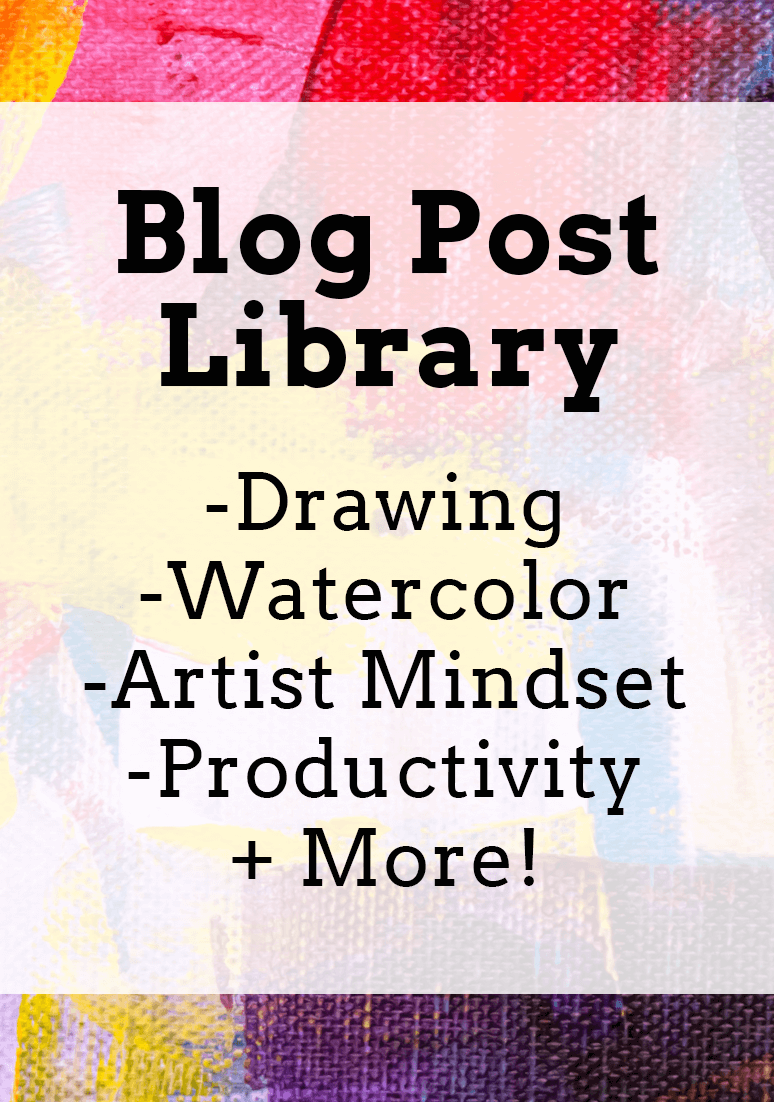
www.erikalancaster.com
is a participant in the Amazon Services LLC Associates Program, an affiliate advertising program designed to provide a means for sites
to earn advertising fees by advertising and linking to amazon.com.
www.erikalancaster.com
is a participant in the Shareasale.com Affiliate Program, an affiliate advertising program designed to provide a means for sites to earn advertising fees by advertising and linking to Shareasale.com partner companies.
is a participant in the Amazon Services LLC Associates Program, an affiliate advertising program designed to provide a means for sites
to earn advertising fees by advertising and linking to amazon.com.
www.erikalancaster.com
is a participant in the Shareasale.com Affiliate Program, an affiliate advertising program designed to provide a means for sites to earn advertising fees by advertising and linking to Shareasale.com partner companies.

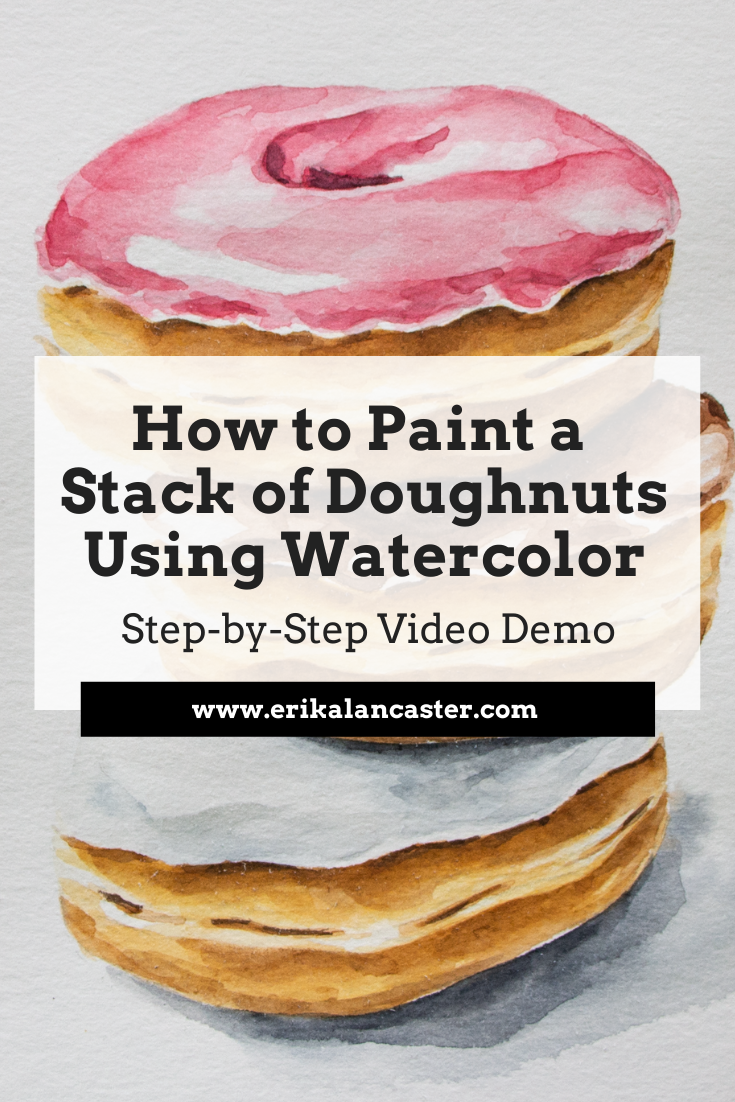

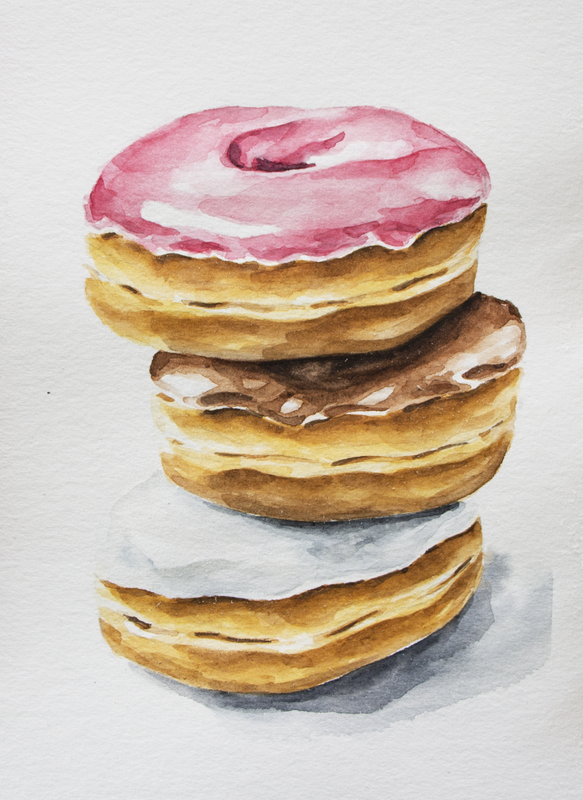
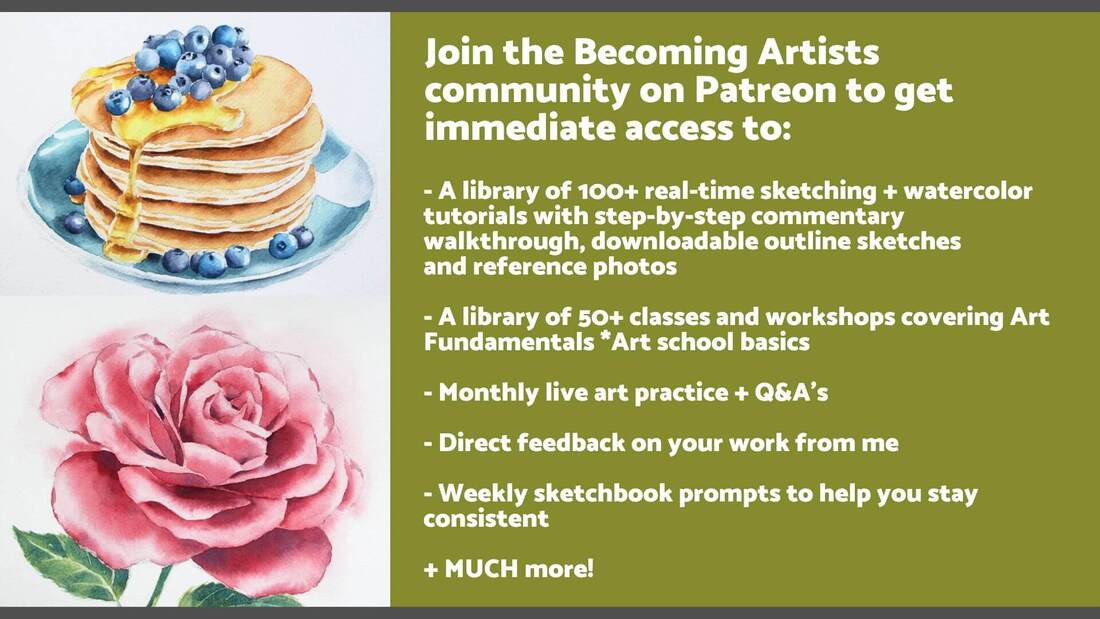

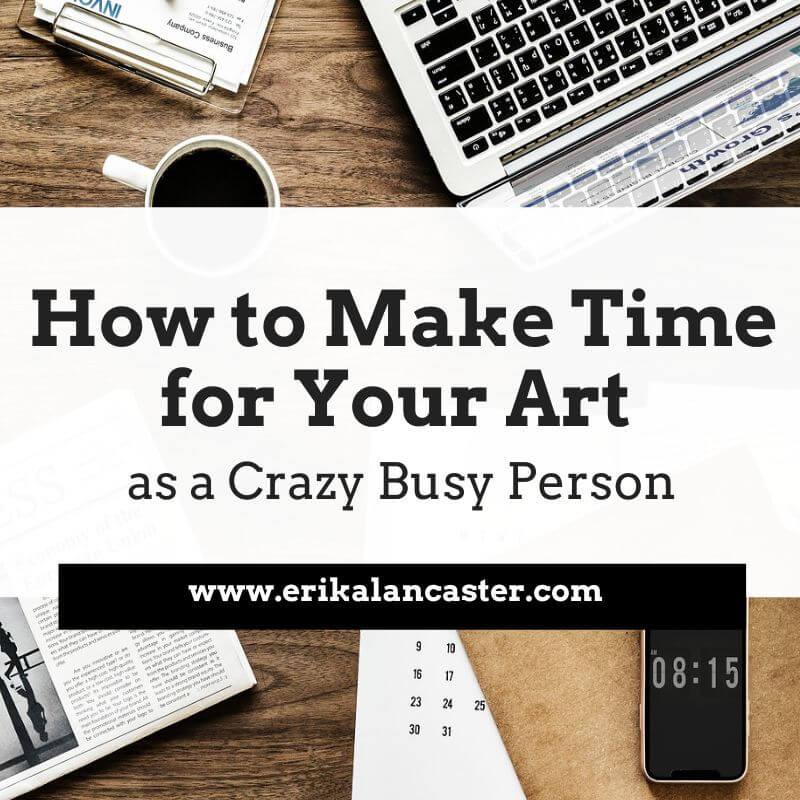
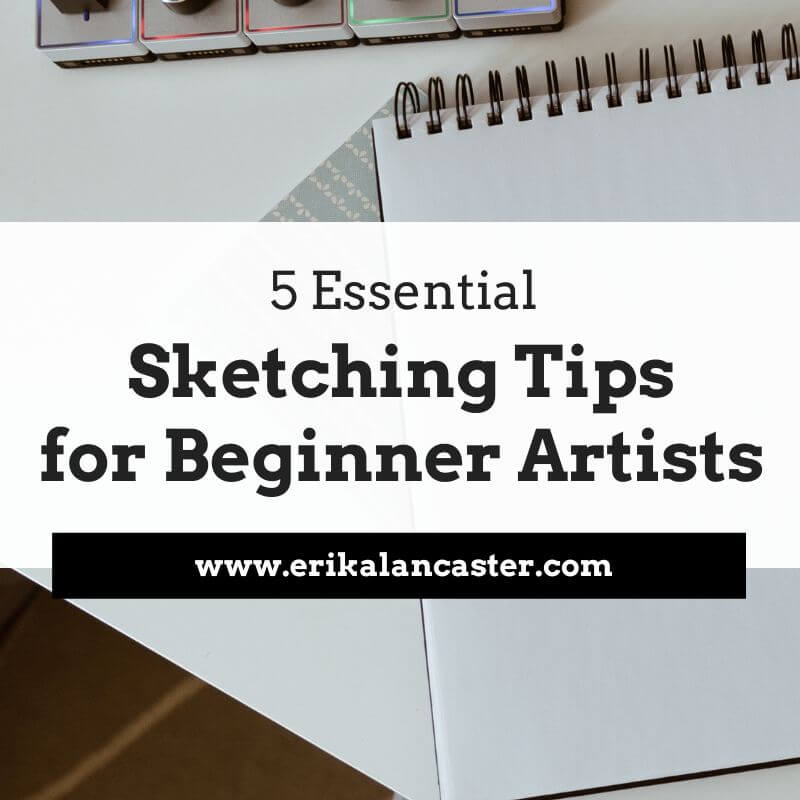


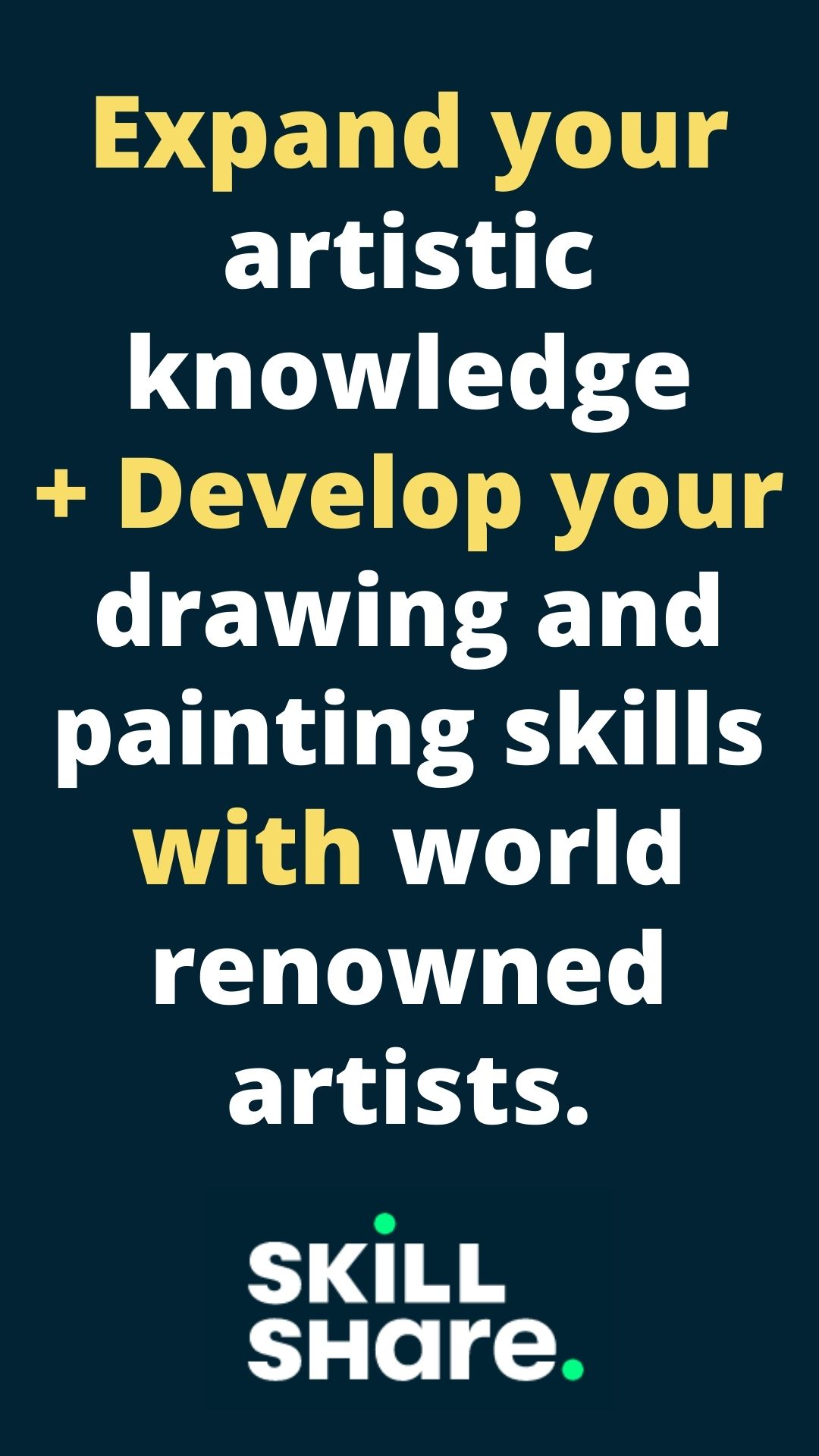

 RSS Feed
RSS Feed

